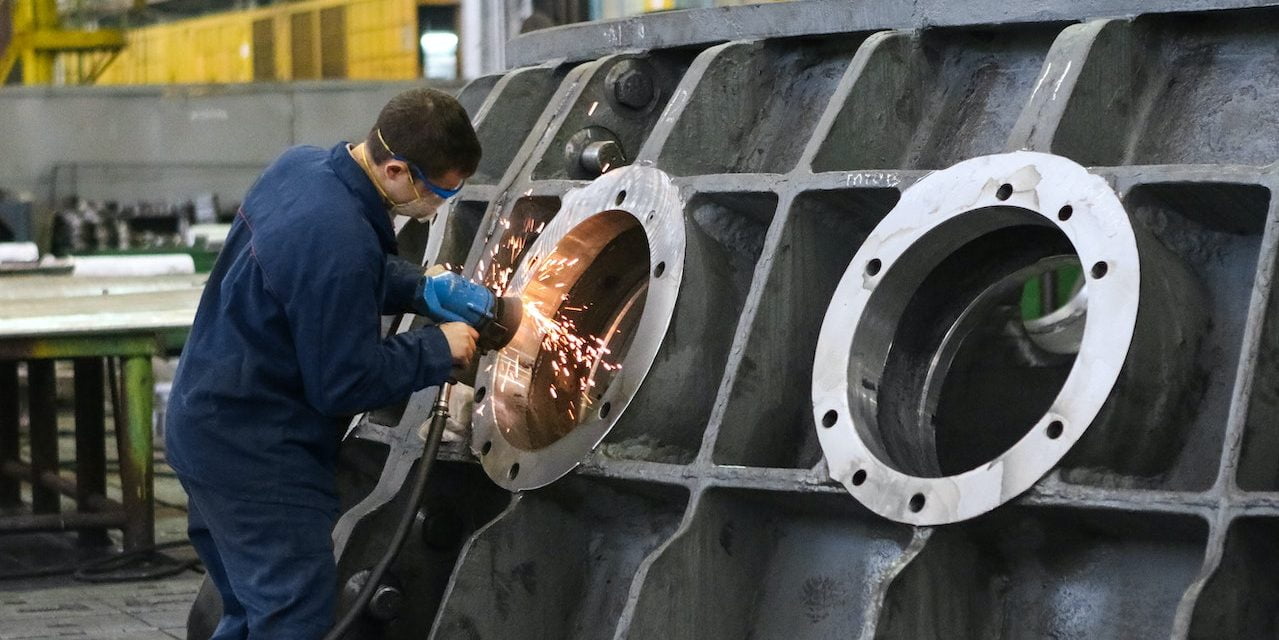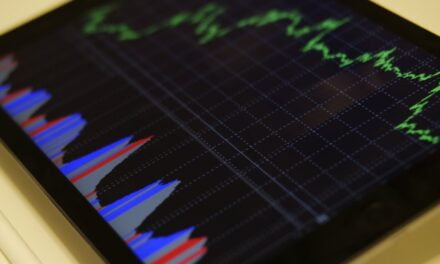ASEAN goods producers continue to outperform Asia as a whole as well as the global economy, despite headwinds which have weighed on the region’s manufacturing sector in recent months.
“The latest S&P Global ASEAN manufacturing purchasing managers’ index outlined the uncertainties that surround the region going into the second half of 2023,” S&P Global Market Intelligence Economics Associate Director Jingyi Pan told Diplomatic Network (Asia).
“While domestic demand remained firm, buoying overall new orders growth, new business from abroad shrank again at the start of the third quarter, reflecting the sustained weakness in foreign demand,” Pan said.
The headline S&P Global ASEAN manufacturing purchasing managers’ index slid to 50.8 in July from 51.0 in June, according to data released on Wednesday. Anything below 50.0 signals that the sector contracted during that month.
ASEAN showing resilience
Despite the sector’s performance slipping for the third month in a row, it is still performing better than other economies.
“The region continues to perform better compared to Asia as a whole, and the global economy. Both Asia and global manufacturing output were seen in contraction according to PMI data,” Pan said.
“This suggests that while ASEAN manufacturers’ performance remained subjected to global influence, it still held its own in the face of a global slowdown.”
US soft landing
While there has been talk about a “soft landing” in the US, which is one of ASEAN’s largest trading partners, Pan’s colleagues do not believe that it is likely.
A “soft landing” refers to a controlled and gradual slowdown of economic growth to a sustainable and stable rate, avoiding a sharp downturn or recession. This is what the US has been aiming for following a slew of interest rate hikes to tame inflation.
“While our team has no strong views on whether a soft landing will eventuate for the US, the latest S&P Global US Manufacturing PMI did indicate continued downturn for the US goods producing economy in July,” Pan said.
The seasonally adjusted S&P Global US manufacturing PMI posted 49.0 in July, up from 46.3 in June. This signalled a further but slower downturn in operating conditions at US goods producers, S&P Global said in a note released on Tuesday.
July’s contraction was the third in as many months, although it was weakest in this period of decline.
The economic slowdown in China will also be hurting foreign demand of ASEAN goods.
Uncertainty
“The expectations are for rising interest rates to tame inflation via a softening of demand, but it appears that there may be greater uncertainty over how persistent the effect, including lagged impact of past interest rate hikes, may be for goods producers in major trading partners,” Pan said.
This means that the threat of a recession in the US is still real. The effects of higher interest rates, which squeeze the economy, take time to fully come into effect fully. So, it is still not certain whether a “soft landing” will occur, or if the US economy will slip into a recession.
Headwinds
For ASEAN manufacturers, whose growth has remained in positive territory, the global slowdown is still weighing.
“Globally, the worsening of manufacturing performance had weighed on growth into the end of the first half of 2023,” Pan said.
“While a slowdown in ASEAN manufacturing sector growth does not necessarily pre-empt a contraction in production activity, this may likewise affect the broader performance for the regional economy.”






